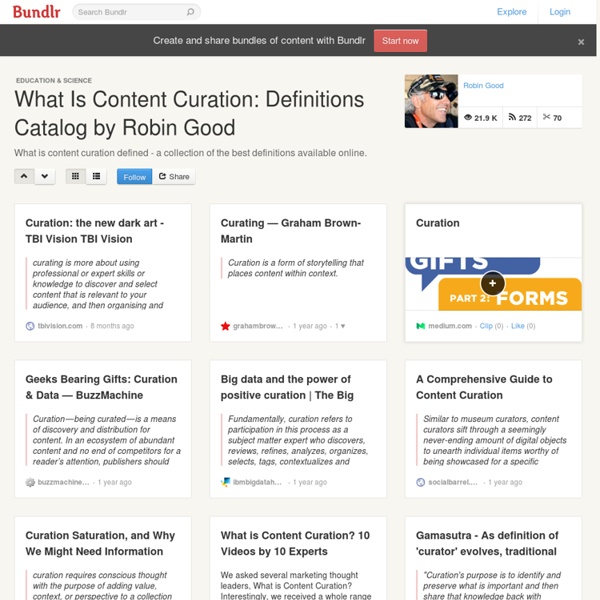



night The Complete Guide To Twitter Hashtags In Education What is a hashtag? A word or phrase preceded by a “#.” How do hashtags work? Twitter can be a busy place with lots of tweets–and thus lots of “noise.” A #hashtag is a way to aggregate tweets that are appended with a hashtag. Who can use hashtags? Anyone. What else do I need to know? Don’t hashtag spam–if your tweet doesn’t add to that hashtag’s topic, discussion, or user base, don’t add the hashtag.Use more than one hashtag if it applies to more than one topic, but choose wisely. Meeting Times Many of the hashtags have “meeting times” where educators agree to “meet and tweet”–that is, send out messages on a topic at a certain time on a certain day. If you do participate at the agreed upon time, you’ll see the tweets stream in live and participate in said conversation (via twitter) in what is nearly real-time. Note, this list of hashtags will be updated periodically, including reorganization, functional linking on all hashtags, and the addition of meeting times and focus areas. Popular Hashtags
Educators Guide to the use of Pinterest in Education Some educational Pinners to follow This is the editor of the famous blog cool cat teacher. It has over 69 boards all with more than 600 pins. Some of her best boards include "Teaching Ideas and App", Collaborative Writing", and " Global Collaboration in Education ". This guy is one of our favourite educational writers. Karen is a great educator with a huge presence online. This is an ICT specialist. Shannon has a great Pinterest page that includes some awesome boards on educational technology essentials. Shelly has one of the resourceful boards on Pinterest. Useful Pinterest Tutorials : 1- How to start using Pinterest 2- How to save Time Using Pinterest 3- How to Pin a Quote and Text to Pinterest 4- Everything you Need to Know about Pinterest
Top 11 Educational Pinners on Pinterest Pinterest is such a powerful new addition to the online social media fabric. It is not long since its official launch and it has already hosted thousands and thousands of pinners and is gaining in popularity day after day. Part of this huge success is due to the visual element that Pinterest depends on. The idea of social bookmarking is not new at all but Pinterest has revitalized it in such a creative way allowing people to use images from websites and blogs they like and assemble them into some visually appealing boards. As is the case with other social media tools, Pinterest has brought about some great pluses for educators and teachers. Here are some of the ways you can use Pinterest in education. 1- Create a classroom board Go ahead and create a board for your classroom on Pinterest. 2- Enhance Teamwork and Collaboration 3- Lesson Planning Pinterest boards can be a great help for storing visual representations of your lesson planning. 4- Book Readings 1- Lisa Johnson 2- Suzy Brooks
The 30 Best Web 2.0 Tools For Teachers (2012 Edition) Looking for the best cloud computing software for your school? What about a way to remotely store homework and other assignments? It’s time to figure out which web 2.0 tool is right for you! The following presentation contains dozens of the most popular tools being used in classrooms right now. See Also: The 100 Best Web 2.0 Classroom Tools Chosen By You Each slide in the below presentation by Rafael Scapin contains the name, description, link, and screenshot of what each tool looks like and does. Edudemic’s Recommendations If you’re looking to try out some of these tools, here are the top 5 tools we recommend you try out (if you haven’t already). Slideshare - Get the credit and audience you deserve for your presentations! Scoop.it - A stellar social bookmarking service that is being used by a ton of teachers right now. PlanBoard - It’s an online lesson planner made for teachers. Evernote - Featured in Edudemic Magazine numerous times, we love all things Evernote.